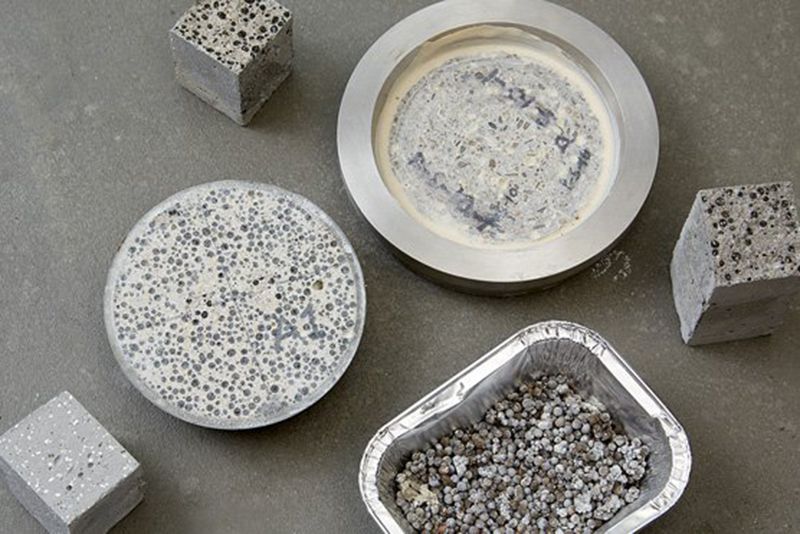Cement, gentlemen: it is by far the most popular building material on the planet. Strong, easy to work with and quite inexpensive. Clearly not without problems (duration first of all), but a team of Dutch scientists has developed a biological additive capable of making this material an even more resistant and self-repairing biocement.
There is an entire class of bacteria capable of restoring cracks and flaking in concrete, in a way similar to that developed by humans to heal a wound.
The process – Nutrient elements and a mixture of tiny ceramic spheres containing bacterial spores are mixed with the cement, which remain inactive until they come into contact with water: when the cement cracks and absorbs humidity, the spores become 'activated' transforming the calcium present in the nutrients in limestone, which fills the cracks.
Bacteria are unable to repair large cracks in concrete: at present their capacity stops at 'gashes' (I laugh) of just half a millimetre. Then I think about it and stop laughing: the vast majority of concrete problems are caused by small cracks (sometimes even invisible to the naked eye) that worsen with water and humidity and undermine the solidity of the whole, pulling a structure down when they start to add up. Biocement solves quite a few problems.
Costs - Adding nutritional factors and bacteria to cement is not free: the costs would increase by around 50%, but be careful: currently, in a construction the cost of cement is around 1-2% of the total, so the overall expense would really increase just a little. Rather, keeping a building in order and preventing it from collapsing can be MUCH more expensive.
When will bio cement be available?
– The 'biocement' is being tested in outdoor environments and will be marketed within two years. Then it will also be up to the bioceramic.
If you want to know more, here is the reference of one of the Dutch researchers who is dealing with the project:
Henk Jonkers, Faculty of Civil Engineering, Geosciences and Sustainable Building.
Email: hmjonkers@tudelft.nl
website: www.dcmat.tudelft.nl


